The case for investing in capital projects
Laying Foundations for Change memorializes the capital investments of The Atlantic Philanthropies, which concludes its grantmaking in 2016 and its work in 2020. With work by Magnum Photos, the book depicts the life of buildings aimed at improving the lives of people – and is intended to be a kind of pictorial history of the foundation and the vision of its founder Charles Francis ‘Chuck’ Feeney. Alliance also asked members of Giving What We Can – which is focused on how to most effectively invest in social change – how they believe philanthropy should evaluate potential large capital investments like those of Atlantic.
There are thousands of ‘good causes’ in the world. But they differ wildly in how much positive impact you can have by investing in them. Most people don’t realize how big the differences are — by investing your money thoughtfully, your impact can be hundreds, if not thousands, of times greater than the average philanthropic donation.
If you’re looking at investing in a capital project, and you want to make the biggest impact you can, you should start by thinking NTI — Neglectedness, Tractability, and Impact. Look for problems that few people are already working on, that have a reasonable chance of being solved, and that adversely affect a lot of people.
Your money will go much, much further in the developing world — and not only because of relative purchasing power. Most serious problems in the developed world already have people working on them, and the marginal value of joining a crowded field is far less than that of breaking new ground in important fields that others have overlooked.
Look hard at the available evidence, and check that it stacks up. Is your decision to invest driven by rigorous studies, randomized controlled trials, and thorough meta-analysis, or anecdote and gut feeling? Make sure your heart is guided by a clear head.
Finally, don’t go it alone — find an evaluation partner who’s surveyed the scene, has crunched the numbers, and who can give you sound advice on which projects will actually make an impact, and which ones are just moving money around.
By choosing wisely, your legacy can be more than just an institution. It can be changing lives that would otherwise not have been changed, discovering cures for otherwise-forgotten diseases, and showing those that follow you the immense value of thinking critically about the impact you can have.
Sam Deere is communications director at Giving What We Can. Email sam.deere@givingwhatwe can.org
The climate façade at the Engineering Building, National University of Ireland, Galway. The award‑winning building functions as a ‘living classroom’ that allows students to study engineering principles in reference to the building itself. Atlantic Philanthropies have invested g5 million into the building.
The Aughrim Active Retirement Group is part of the Lifecourse Institute programme at the National University of Ireland, Galway that has received 5 million from Atlantic. The initiative produces research to support innovative policy reform for older people, children and people with disabilities.
The newly constructed School of Public Health at the University of the Western Cape. The school, Atlantic’s first major investment at UWC, houses approximately 250 masters and PhD students. Overall, the university produces the largest number of black and female science graduates in the country.
The ‘BOD POD’ at the Centre for Molecular Biosciences (CMB), University of Ulster. The centre is home to nearly 200 active research staff and doctoral students who focus on molecular and nutritional aspects of degenerative diseases and in health areas such as cancer, diabetes and heart disease. The Atlantic Philanthropies have made capital grants totalling £26.9 million to support and grow the University of Ulster.
The pedestrian Living Bridge at the University of Limerick crosses the River Shannon in a flowing line, linking the Glucksman Library, Concert Hall and Millstream developments on one side of the campus to the Graduate Medical School, Health Services Building and the Irish World Academy of Music and Dance on the other.
Eight-day-old Alain Daniel in the maternity ward on Cuba’s Isle of Youth. The ward also received funding following the hurricanes of 2008.
Stuartholme School visual art students viewing a Danie Mellor exhibition at the James and Mary Emelia Mayne Centre of the University of Queensland Art Museum. In 2004, with Atlantic funding, architects transformed Mayne Hall – a building originally designed as the University’s graduation hall – into this well-appointed art museum.
Philanthropy House’s Galleria
This selection of photos are from ‘Laying Foundations for Change’, an exhibit hosted by the European Foundation Centre at the Philanthropy House Galleria in Brussels. The exhibition, which presents the photos from the collaborative project between The Atlantic Philanthropies and the Magnum Foundation, documents the impact of Atlantic’s investment in buildings. Since its opening in November 2013, the Galleria has welcomed 10 visiting exhibitions curated by EFC members which have highlighted their dedication to supporting issues as diverse as culture, European identity, food sustainability, migrant integration and much more.
For more information about Philanthropy House and its exhibitions please visit http://www.philanthropyhouse.eu

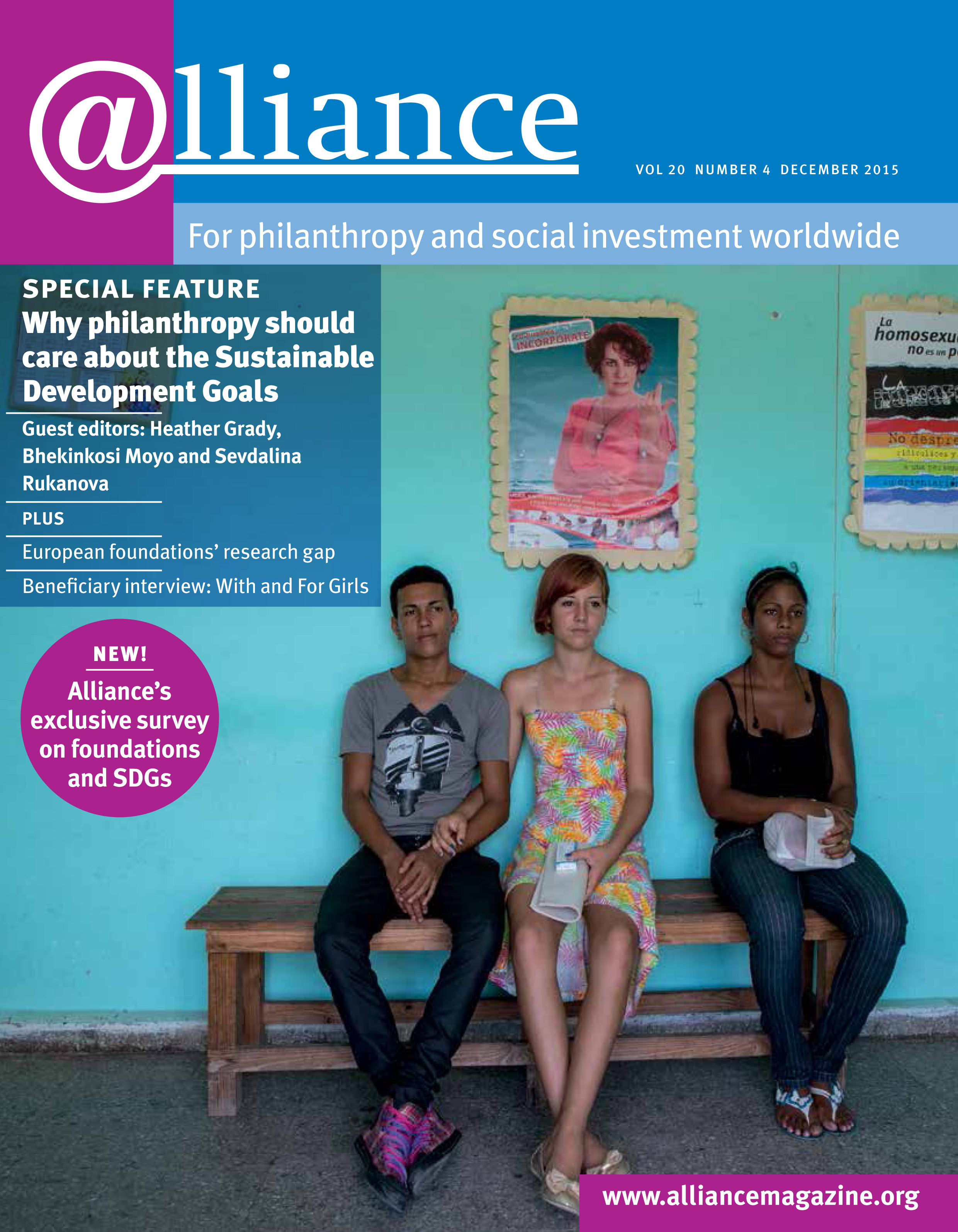
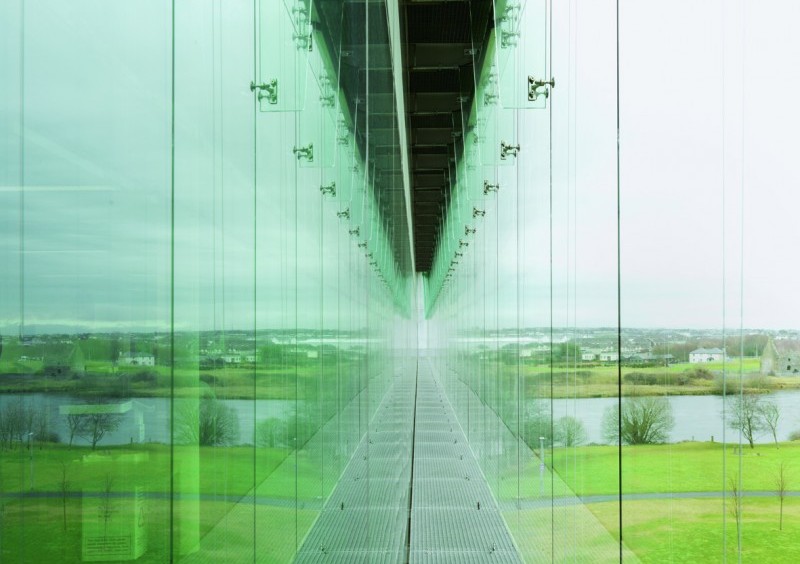
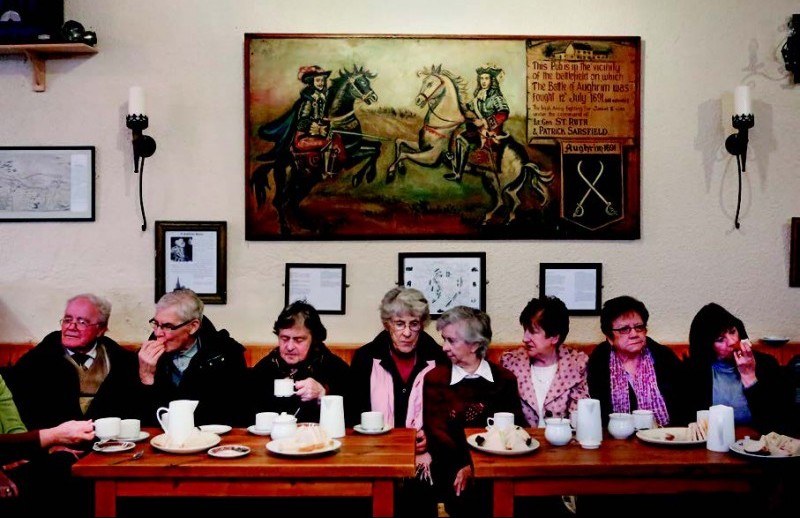

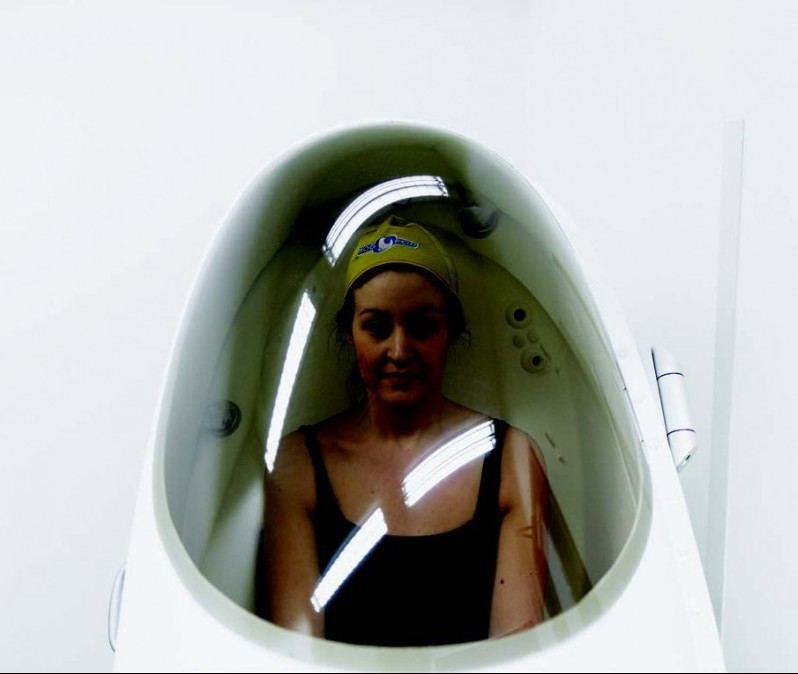


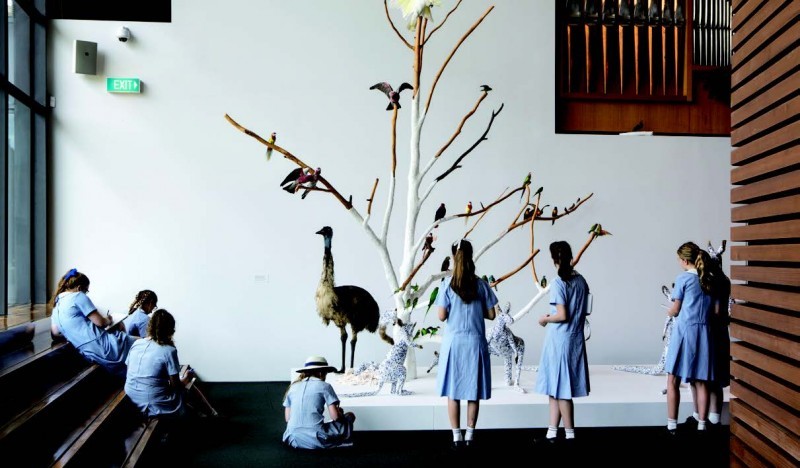



Comments (0)